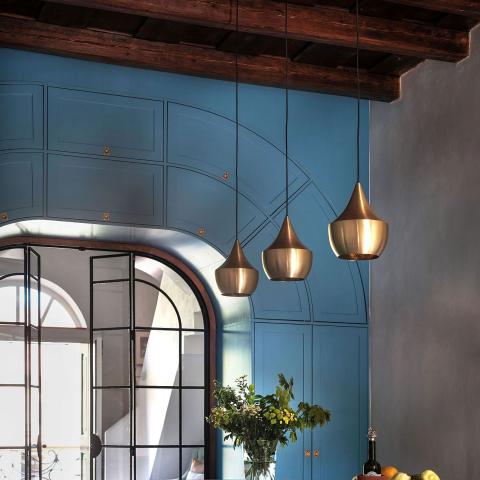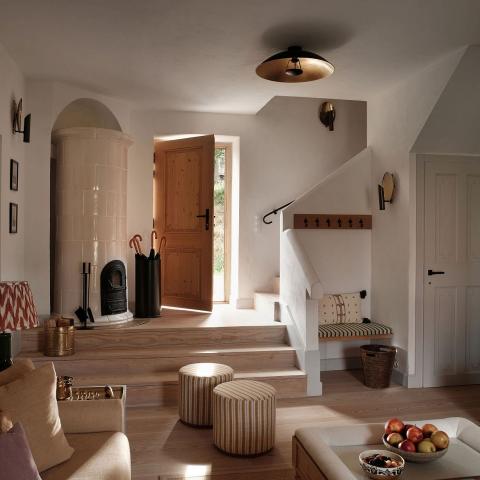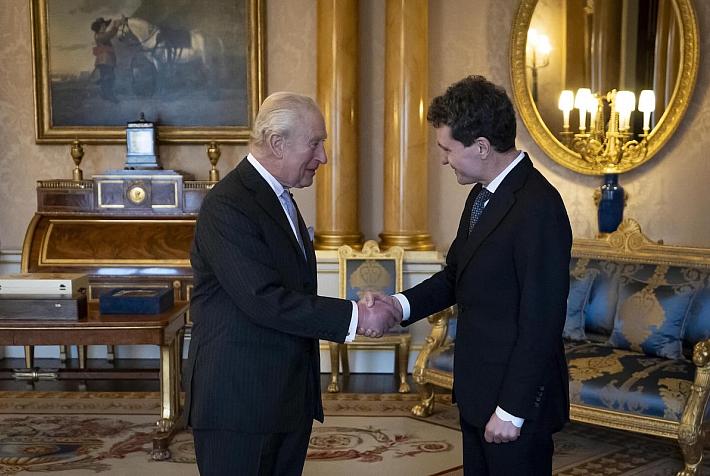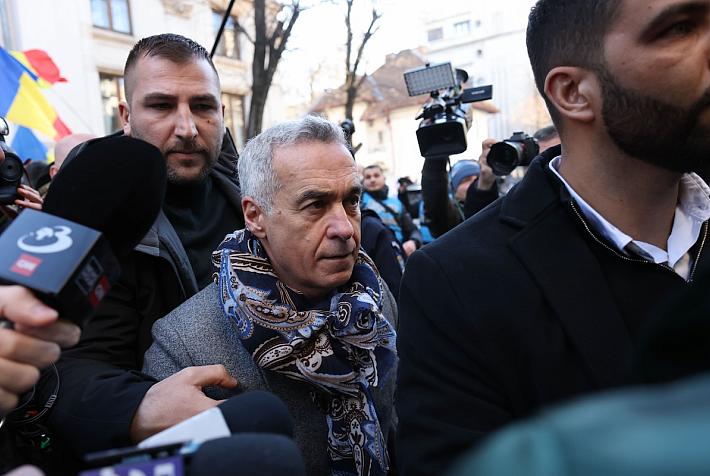Heritage preservation meets hospitality at estate in Romania’s Transylvania
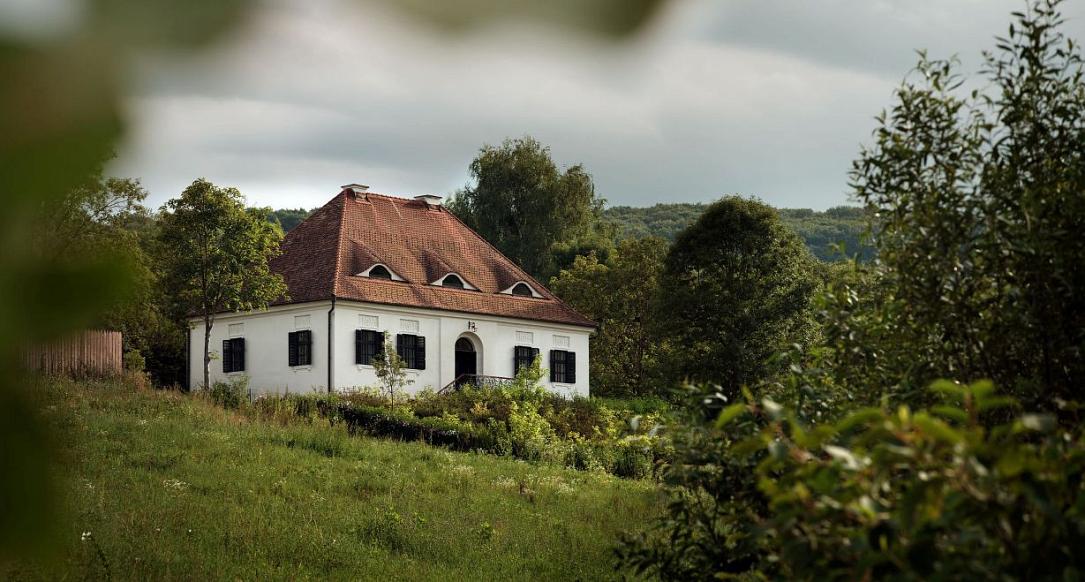
Investment executive Nikolaus Bethlen has been driving a family effort to restore rundown, historic properties in and around the village of Criș, in Mureş county, and repurpose them as part of Bethlen Estates Transylvania, a tranquil retreat where the preservation of the area’s heritage takes center stage.
The Bethlen family, with a long line of politicians, diplomats and public servants, has had a centuries-old connection to Transylvania and the village of Criș. After the Second World War, the early communist period brought the disruptive wave of nationalizations, and Nikolaus Bethlen’s father, Count Miklos Bethlen, fled to Austria. When he did manage to return, during the second part of the 1960s, he brought his family along. For Nikolaus Bethlen, these were the first encounters with Criș.
“My father, Count Miklos Bethlen, spent the first fifteen years of his life in Transylvania. After WWII, the communist regime expropriated and ransacked the castle and deported my grandfather to a prisoner’s camp as a class enemy. My father fled to Austria but kept returning to visit relatives and friends. As such, my sister and I came to visit the village of Cris and Transylvania from a very early age. This meant the connection was never lost, and I always felt at home in Criș, which was behind my desire to acquire my first property there, meant as a family home,” he explains.
Those visits afforded a firsthand look at the realities of the country’s economy and politics, while also imprinting the image of beautiful landscapes and built heritage.
“Travelling to Romania from Western Europe in the 1980s and early 1990s was a grim affair. Starting with the unpredictable waiting times and searches at the border, uncertainty over which Peco station had fuel and how to navigate the queues, to empty stores and visible poverty across the country. On top of that, all relatives and friends we visited were subsequently interrogated by the secret services and there was the constant feeling of being listened to. My father was always very tense on these journeys and deeply affected by the decay of the castle, which we witnessed year after year. It had been fully inhabited until expropriation but by the late 1980s, it had all but fallen into ruin. Nonetheless, what we always took away was the incredible hospitality and kindness of the people we met, even during hardship. The beauty of the landscape, virtually untouched nature and invaluable architectural heritage made lasting impressions on us children.”
He started acquiring properties in and around the village beginning 2007. The Criș castle’s former Caretaker’s House was the first one, and the initial plan was for it to become a family home. Saxon cottages, the Bethlen family manor house, an abandoned school building and granary followed.
“When I acquired my first property, I did not have a touristic project in mind; the plan was to turn it into a family home. The following houses I bought with the intention to save them from being renovated with plastic windows, brightly colored facades, and roofs to preserve the architectural heritage of Transylvania that has in many places been lost since the fall of communism.”
As protecting the area’s heritage was at the forefront of the endeavor, historic properties in need of restoration took precedence.
“The desire to preserve the built heritage meant I only acquired historic houses that had not been renovated yet and lay in the vicinity of Bethlen castle or had formerly belonged to the family (Caretaker’s house, Bethlen Janos manor house). It was both opportunistic and organic.”
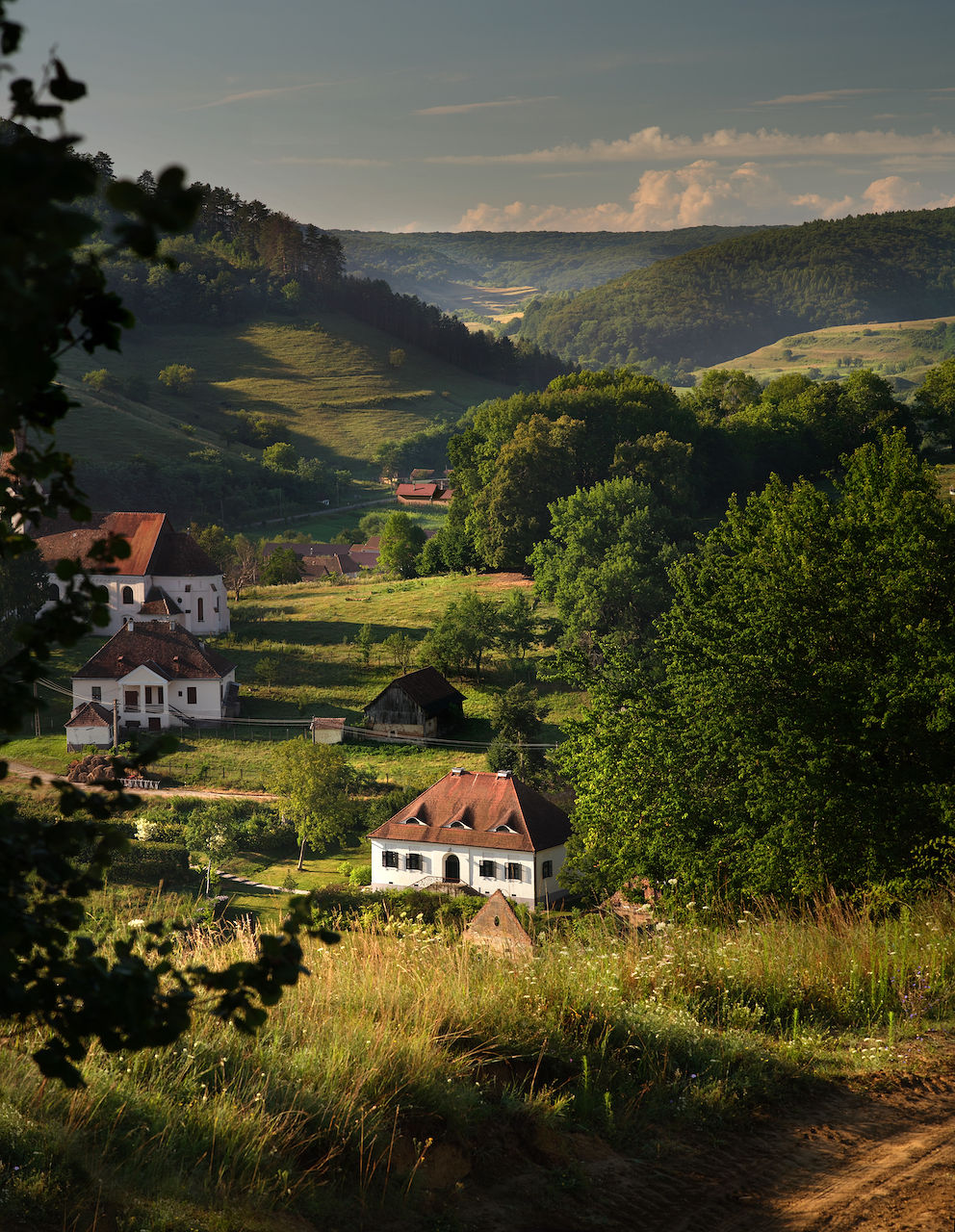
A story of continuity
The restoration process, which he describes as a “deeply personal and purposeful journey,” was guided by the desire to retain the original charm of the houses, while adapting them to meet the standards of modern comfort. Local artisans carried out the work using natural materials and traditional building techniques. Heritage conservation experts and architects specializing in the preservation of historical buildings were consulted for advice.
“We set out with a simple but powerful aim - to revive the spirit of these buildings, not just their structures. This meant respecting their history, conserving their original elements and ensuring that every intervention told a story of continuity, not change. The guidelines we followed were deliberately restrained: use authentic materials such as locally sourced wood, clay tiles, copper and stay true to historic colors and proportions. But within that simplicity lay great complexity and attention to detail. From hand-forged hardware and reclaimed beams to hand-painted tiles and natural fabrics, every element was selected with care to ensure that the spaces feel warm and authentic.”
All of the restoration projects came with their share of challenges, and none were free from issues or cost overruns, he explains. “Problems with the infrastructure meant we had to install generators to cope with power outages, convert the source of energy to heat pumps and lately also install a new transformer to help expand the village’s electricity capacity.”
So far, three houses that accommodate guests have been refurbished, as well as one that serves as the central restaurant. Works are currently underway on the former Saxon school, the estate’s most ambitious restoration project to date. The building, set to open in the spring of 2026, will host a fine dining restaurant, open to both estate guests and outside visitors. “Led by our Chef, Ròbert Tordai, it will offer terroir-inspired elevated cuisine through exquisitely crafted seasonal tasting menus that celebrate the land, its unique stories and its gentle rhythms.” Meanwhile, the current restaurant, the Kitchen Barn, will continue to welcome visitors “eager to explore the rich food stories of Transylvania.”
A rewarding endeavor
This year, Bethlen Estates Transylvania joined the Small Luxury Hotels of the World (SLH), a network comprising more than 620 independent boutique hotels across more than 90 countries. After looking at several luxury networks, SLH was chosen “as it aligns most closely to our vision of discreet, secluded luxury, with a strong focus on sustainability.”
“We hope it gives a seal of approval that appeals to travelers and helps spread the word internationally. Becoming part of SLH is not just about joining a prestigious community. It’s about putting Transylvania on the map for a new kind of traveler: one who seeks meaning, connection and stories that last long after the journey ends,” he says.
As more travelers move away from tourist traps in search of authentic experiences, rural areas are cropping up among favorite destinations, including for luxury tourism, and Transylvania and Criș have a lot to bring to the table.
“Tourists are seeking out experiences that feel real, far from the crowds and clichés of overtouristed hotspots. They want to slow down, reconnect with nature and immerse themselves in places with a strong sense of identity and cultural richness. Sustainability is also playing a defining role in this shift. Conscious travelers are increasingly aware of their footprint and are looking for destinations that protect and preserve their environment, heritage, and communities. We believe Transylvania, and Criș in particular, scores remarkably high in this respect.”
As for what Bethlen Estates hopes to achieve in Criș, it is a matter of showing the wide-ranging benefits of heritage revitalization.
“Tourism can play an important role to preserve the architectural heritage as international visitors are seeking authenticity and not replicas of houses that can be found elsewhere. Restoring historic buildings as guesthouses ensures their survival, not just as static monuments, but as living, breathing parts of the community. We hope to show that heritage and hospitality can go hand in hand, that old houses can be revived with care and respect, and that tourism can support both local livelihoods and long-term preservation.”
It ties into what is the best part of the endeavor for Bethlen, who has described himself as a “collector of ruins.”
“I was jokingly referring to the fact that the project is a costly, albeit very rewarding endeavor. Seeing a house restored to its former splendor, guests enjoying it and economic activity with increasing number of full-time jobs for local villagers is a huge personal satisfaction.”
(Photos courtesy of Bethlen Estates)
simona@romania-insider.com







